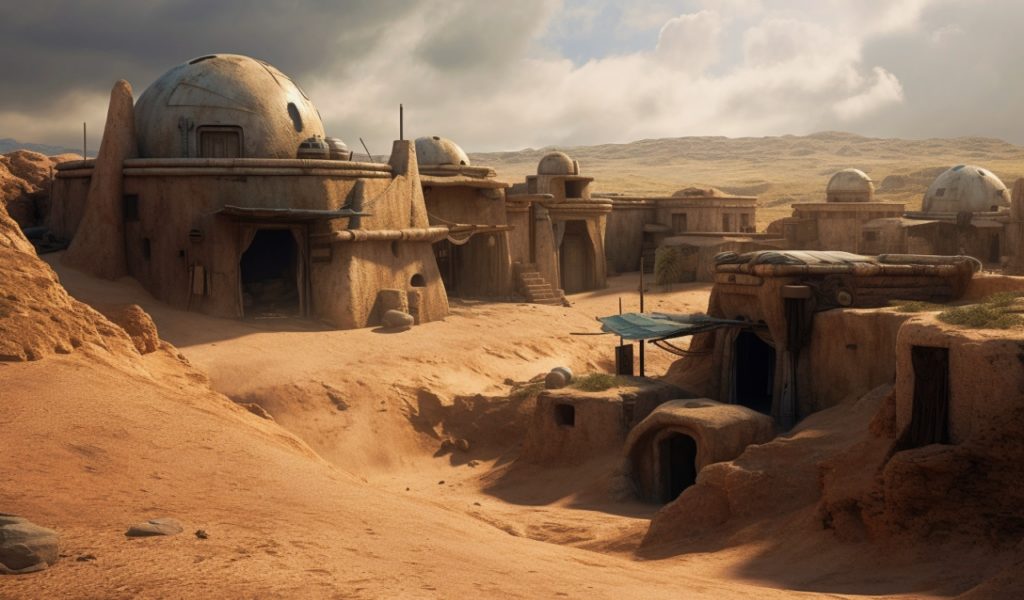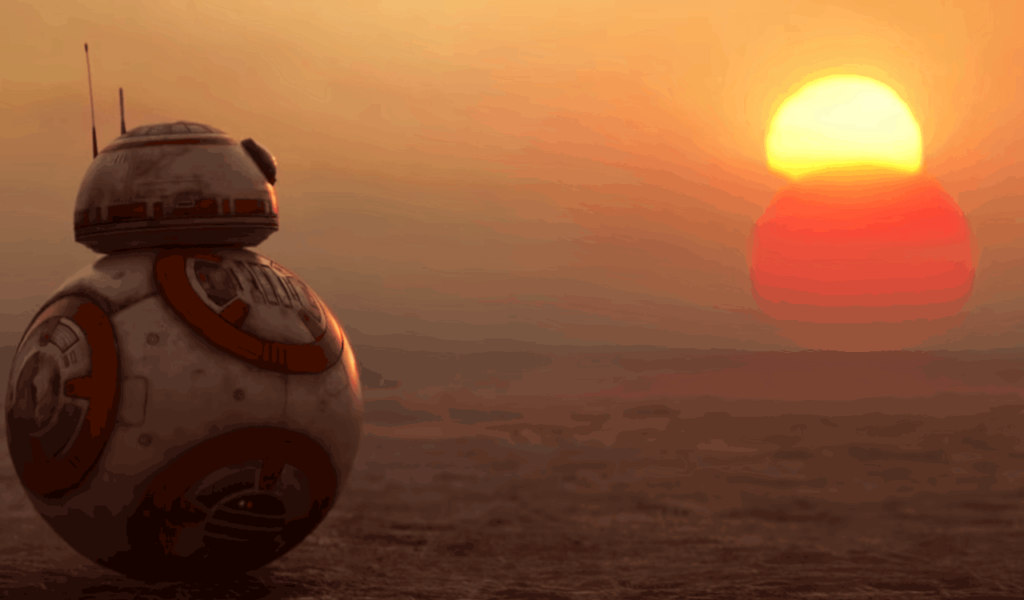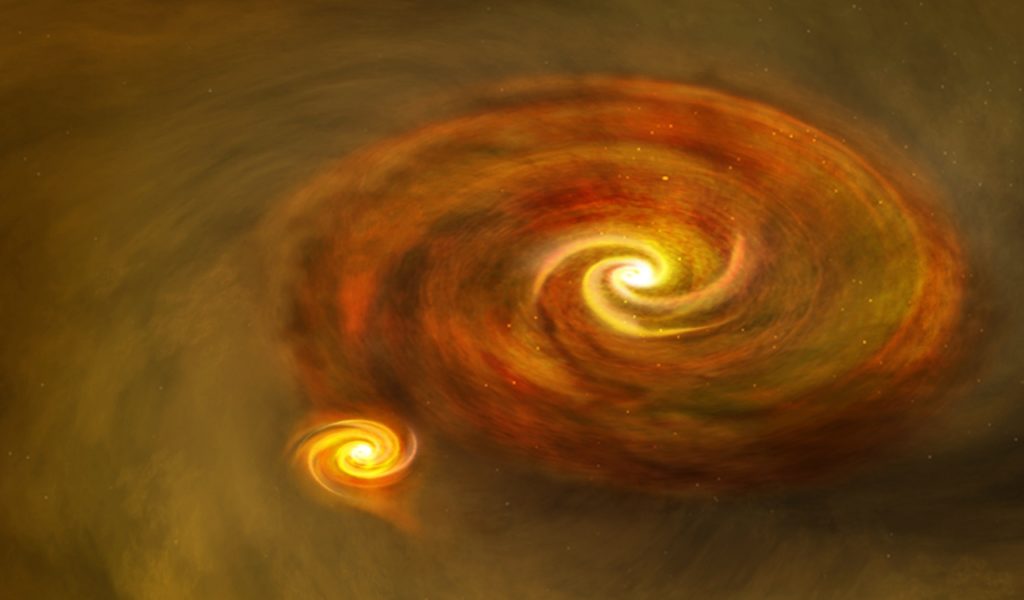For years we thought George Lucas was pretty crazy to have a planet in a binary star system. Mostly because we know today that two suns would normally make life nearly impossible, especially for humans. Yet scientists have recently found several Tatooine-like planets that might be just right for life to actually exist.
Most of the major exoplanets we look for today are usually in a one-star system. Planets need to be close to the sun but not too close and have a proper magnetosphere. Plus, we’ll need possible water to use, plant life, and much more.
It used to be that finding exoplanets was pretty hard, but now we find them all the time. In spite of this, we rarely looked to binary star systems for exoplanets. Mostly because any planet in those systems would be impossible for life like ours to exist.
Yet not only do Tatooine-like planets possibly exist, but some are now proving to be potentially habitable. This debunks a long-held belief in the science community about these binary star systems,
The Binary Star System Belief

Yes, for years we knew of binary star systems and we even knew planets were in many of those systems too. Until now though, we did not know if the environment on those planets would allow life to exist. Yet computer simulations suggest that we might be able to live on Tatooine-like planets in the distant future.
We now know that Earthlike planets orbiting some configurations of binary stars can stay within a stable orbit for a minimum of a billion years. This was unveiled on January 11th of this year at the American Astronomical Society meeting.
This stability, researchers now propose, can actually be enough for life like ours to develop. Of course, this is all dependent on if these planets aren’t too hot or cold. You need to be in the middle, really, for life to exist comfortably without the aid of others.
Out of the planets that stuck around with their star, roughly 15% stayed in a habitable zone. This is when a planet is in a temperate region around its star(s) where water can stay as a liquid most or all of the time.
Binary Star Simulations

During their study, researchers ran simulations of 4,000 different configurations of binary stars. Each of them had an Earthlike planet in orbit around them. The team then varied things like the relative mass of the stars, and the sizes & shapes of the stars’ orbits around one another. As well as the size of the planet’s orbit around the binary stars.
The researchers then tracked the motion of the planets for up to one billion years of simulated time. This was done to see if planets would remain in orbit over various timescales, which would be needed for life to emerge.
For those unaware, planets that orbit binary stars can and often do get kicked out of their star system. This is usually due to various complicated interactions between the planet and stars.
In this study, researchers found that for planets with large orbits around star pairs, only 1 out of 8 was kicked out of the system. The rest were actually stable enough to continue to orbit for the full one billion years. Then roughly 1 in 10 actually settled in their habitable zones and remained there!
Of the 4,000 planets that the team simulated, around 500 maintained stable orbits. This kept them within their habitable zones 80% of the time.
It’s Clear: Tatooine-Like Planets Can Exist

Michael Pedowitz is an undergraduate student at the College of New Jersey in Ewing. When presenting the research, he claimed: “the habitable zone . . . as I’ve characterized it so far, spans from freezing to boiling.”
The team’s definition is incredibly strict, Pedowitz claimed, because they chose to model Earthlike planets without atmospheres or oceans. This was much easier to simulate, but it also allows temperatures to properly fluctuate wildly on planets as they orbit.
Co-author of the study, Mariah McDonald, an Astrobiologist at the College of New Jersey, said: “an atmosphere and oceans would smooth over temperature variations fairly well.”
An abundance of air and water would potentially allow a planet to maintain its habitable conditions. Even if it spent more of its time outside of the nominal habitable zone around a binary system, she claims.
McDonald went on to say that habitable planets “will increase once we add atmospheres, but I can’t yet say by how much.”
Both McDonald & Pedowitz are likely going to build more sophisticated models soon. They’ll be extending their simulations beyond a billion years. They’ll also be including changes in the stars that can affect conditions in a solar system as time goes on.
The possibility of Tatooine-like planets (stable & habitable planets) in a binary star system is incredible to consider.
Through these simulations, we now have a guide for future experiments that scientists can conduct. Along with the possibility that astronomers might want to further study planets in binary systems.
As of this writing, these planets have been underexplored mostly due to the belief they could not have life. Now that we know it’s possible for them, that might stimulate discussions about studying them more.